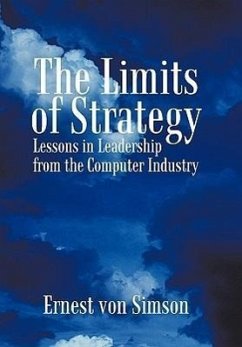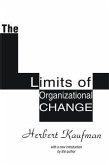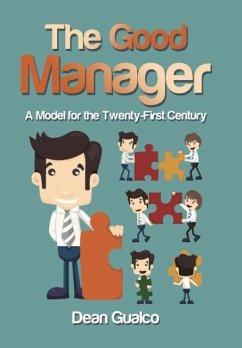1992 was a killing year for the four computer companies most important to business buyers over the decade. All four had been dominant suppliers of minicomputers for the past fifteen or twenty years. But on July 16, the CEOs of both Digital Equipment and Hewlett Packard were pushed into retirement. On August 8, Wang Laboratories declared bankruptcy. In December, IBM halved its dividend for the first time ever, forcing the resignation of its CEO a month later. How did this happen? All four CEOs were clever and experienced. Two were founders of their companies; the other two highly successful career executives in their respective companies. All four were simply overwhelmed. And while there was no single explanation for what happened, there were definite common themes. They recur again and again in the many stories of this book. Are the deadliest changes unavoidable because strategy is too easily thwarted by cluster bombs like technological velocity, cultural inertia, obsolete business models, executive conflict, and investor expectations? The year 1992 is the fulcrum of this book, but the underlying theme is company transitions in the face of massive changes in markets, technologies, or business models - or, in other words, the limits of strategy.
Hinweis: Dieser Artikel kann nur an eine deutsche Lieferadresse ausgeliefert werden.
Hinweis: Dieser Artikel kann nur an eine deutsche Lieferadresse ausgeliefert werden.








